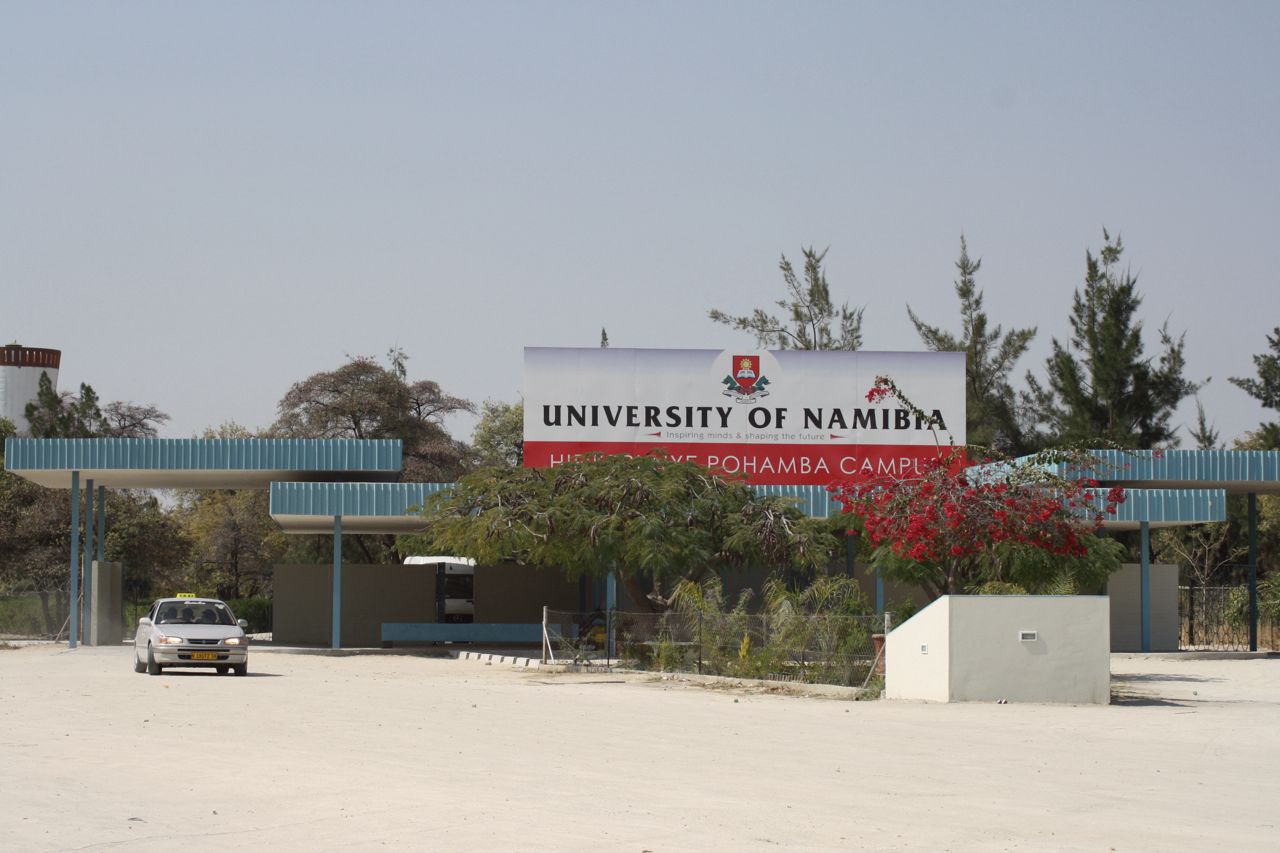Since 1992, male students have accounted for only a third of the University of Namibia’s graduates.
From 1992 to 2022, 21 573 male students graduated at Unam, while 42 507 female students graduated.
Unam vice chancellor Kenneth Matengu said this yesterday during his state of the university address.
He said these figures are worrisome and serious.
On Tuesday, Matengu said at the launch of a research report titled ‘Namibian Boys Underachievement and Under Participation in Education’ that boys’ underachievement is not a problem unique to Namibia and Africa alone, but is a global issue.
He questioned whether the five institutions of socialisation – the state, schools, family, church and the media – are doing their part in resolving the issue at hand about boys.
Among the recommendations outlined in the report is the introduction of activities that can keep boys in school and men at university so that they do not resort to alcohol and drug abuse as a means to keep themselves busy.
According to research team leader Roderick Zimba, the four-year national study aimed at finding the cause of the disparity in academic performance between male and female pupils and students. The study also explored factors which influenced the underachievement and participation of boys in education.
“We consulted 528 secondary school teachers, 182 parents, 122 university lecturers and 807 university and vocational trading centre students during the data collection stage through discussions,” Zimba said.
Among the challenges faced by boys at secondary school level highlighted in key findings in the report are low survival rates, low promotional rates from grade to grade, high school-leaving rates and high dropout rates, which negatively affect their academic achievements and academic participation in schools across all 14 regions of the country.
“At tertiary education level, more female than male students have been enrolled in all public and private Namibian educational institutions for the last three decades. In the last 30 years females have academically performed better than male students in all tertiary education institutions,” Zimba stated in an overview of findings in his report.
“Findings also indicate that in 2018, 90% of the young people that registered with the institution to improve their grades in order to further their studies at university were females. This then speaks to the persistence of the female in comparison to males,” Zimba added.
United Nations Children Fund (Unicef) country representative Samuel Kweku also highlighted that the under-participation of boys in education is a global issue, with reference to the world’s population of young people aged 15 to 24 that currently stands at 1,2 billion and with more than 200 million adolescents out of school.
“In Namibia about 500 000 of the population are young people aged 15 to 24, which equates to a quarter of the population and half of it being male, this figure affirms the narrative that Namibia is a country of young people,” Kweku stated.
He added that statistics from a 2022 annual education census report reflect that 49% of the pupils enrolled in Namibian schools in 2022 were female, while 51% were male. However, the same report indicates that 60% of male pupils have repeated a grade, compared to 40% of females across all grades.
Speaking on behalf of other consulted principals, Eros Primary School principal Jacopin Hamata called on society to serve as a role model for boys, thus allowing them to develop their own identity. She also highlighted some of the key issues that inhibit progress, such as identity, mentorship, peer pressure, commitment and emotional wellness.
According to figures presented by Unam’s vice chancellor of academic affairs, Frednard Gideon, in March this year, 5 833 students graduated at Unam last year, of which 30% were male while 70% were female. It was also recorded that female students performed better academically than male students.
Stay informed with The Namibian – your source for credible journalism. Get in-depth reporting and opinions for
only N$85 a month. Invest in journalism, invest in democracy –
Subscribe Now!










